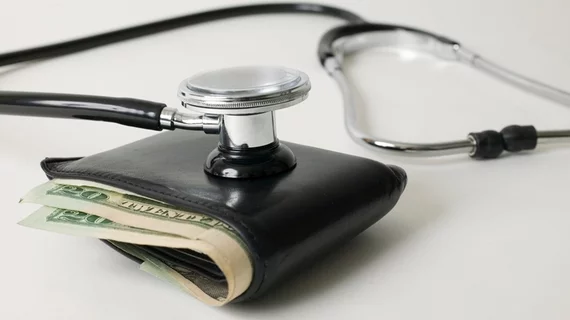ACOs saved Medicare $1.7B in 2018
Accountable Care Organizations saved Medicare $1.7 billion in 2018, netting $739 in net savings after bonuses and payment losses were distributed in the Medicare Shared Savings Program (MSSP).
The latest CMS data underscores that ACOs are continuing to lower Medicare spending and provide high-quality care, serving nearly 11 million seniors last year. ACOs had an average quality score of almost 93%. The net savings across 548 ACOs reached $739.4 million, with organizations that received shared savings bonuses reporting decreases in inpatient, emergency room and post-acute care spending and utilization.
The results come after CMS finalized major changes to the ACO program, forcing participants in the MSSP to take on financial downside risk sooner. The overhaul, known as the Pathways to Success, began in July 2019, requires ACOs to take downside risk after just two years.
The changes were drastic enough that a mass exodus of ACOs from the program was predicted. However, the program actually grew, according to CMS, with the approval of 206 ACOs. The percentage of ACOs taking on downside risk grew from 19% to 29% as a result. The second application cycle has a Jan. 1, 2020 start date.
“The January 1 start date provides ACOs with more time to understand and assess the new options, and we expect additional participation to occur,” CMS Administrator Seema Verma wrote in a post in Health Affairs.
The agency has criticized ACOs for not taking on downside risk in the past, claiming that they have not actually saved Medicare money. Over the years, the savings results have been disputed. One figure has 2017 savings of $314 million.
The National Association of ACOs (NAACOs) jumped on the findings.
“These numbers put to rest any notion that ACO savings are ‘modest’ and illustrate the strong performance of the leading Medicare alternative payment model,” Clif Gaus, ScD, president and CEO of NAACOS, said in a statement. “Given time, we know ACOs save money and provide benefit for patients and taxpayers.”
According to Verma, ACOs that took on downside risk in 2018 fared better than those that did not.
“ACOs taking on downside risk showed an average reduction in spending relative to their targets of $96 per beneficiary, compared to $68 for ACOs that did not take on downside risk,” Verma wrote. “This trend is one of the reasons that the greater accountability for ACOs included in Pathways to Success, along with greater flexibility for them to innovate, will lead to better, more efficient care for Medicare beneficiaries.”
Physician-led ACOs also performed better than those led by hospital systems, the data showed. Physician-led ACOs also tend to be low-revenue, providing mostly outpatient services, while hospital-led ACOs are considered high-revenue because they provide more inpatient and outpatient services. Low-revenue ACOs had an average reduction in spending compared to targets of $180 per beneficiary in 2018. That’s compared to a $27 reduction for high-revenue ACOs.
Because low-revenue ACOs are better at providing savings, CMS is giving them more time to take on downside risk––three years instead of two––under the new changes.
However, the industry argues that the latest results show ACOs were performing well and saving Medicare money before the changes. While the data shows more ACOs might be taking on risk, participation may be dropping overall, according to NAACOs.
“Recent data from CMS indicate a potential drop in ACO participation. Today’s results prove the Shared Savings Program was doing very well before last year’s changes by CMS,” Gaus said. “We should work to find ways to encourage ACO participation, which as evidenced by these results helps improve our health care system and the future of Medicare.”

